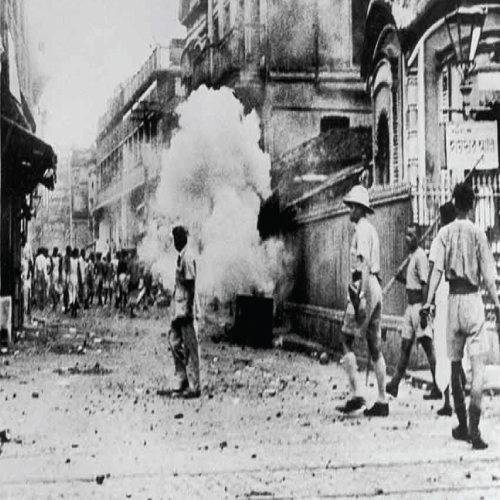The massacre of Muslims in Jammu on November 6, 1947, remains one of South Asia’s most silenced tragedies. Between 200,000 and 500,000 people were killed within weeks, and over 700,000 were expelled, their homes erased, their history buried. This was not chaos born of Partition but a calculated campaign of extermination led by Dogra forces and RSS militias, transforming Jammu’s demography from a Muslim-majority to a Hindu-majority region.
What followed was a decades-long silence. There was no inquiry, no memorial, no recognition. The survivors became refugees stripped of land and citizenship, while those who stayed behind saw their heritage destroyed and their history denied. Even within Kashmir, this truth remained marginal, unspoken, until a few voices, journalists, scholars, and civil society, began to revive it.
The erasure itself is part of the violence. To forget the Jammu Massacre is to continue the project, the deliberate reshaping of identity and demography that now echoes in today’s Kashmir. The 2019 revocation of Article 370 and the introduction of new domicile and land laws signal the same intent: demographic engineering through legal means rather than rifles.
Acknowledging Jammu 1947 is not about reopening old wounds rather it is about naming a wound that never healed. International human rights institutions must recognize it as a genocide and support an independent historical commission to document the truth. Declassification of archives, restitution for displaced families, and memorialization of the victims are moral imperatives.
For Kashmiris, remembrance is resistance, a refusal to let history be rewritten by power. The question today is not whether we can afford to remember, but whether we can afford to forget. Silence, after all, is complicity.

